Optimal Timing for Flea Fumigation
Flea fumigations are most effective during specific periods when flea activity is at its peak. Typically, fleas are most active in warmer months, especially during spring and summer. However, indoor environments can sustain flea populations year-round if conditions are suitable. Timing fumigation when flea populations are emerging or at their highest can lead to more successful eradication.
Fleas thrive in warm, humid conditions, making spring and summer the ideal times for fumigation to target active populations.
Indoor flea populations can persist year-round, so scheduling treatments during warmer months or when infestations are noticed is recommended.
Preemptive treatments before peak flea season can reduce the likelihood of severe infestations later in the year.
After noticing fleas, prompt fumigation during the active season can prevent further spread and reproduction.
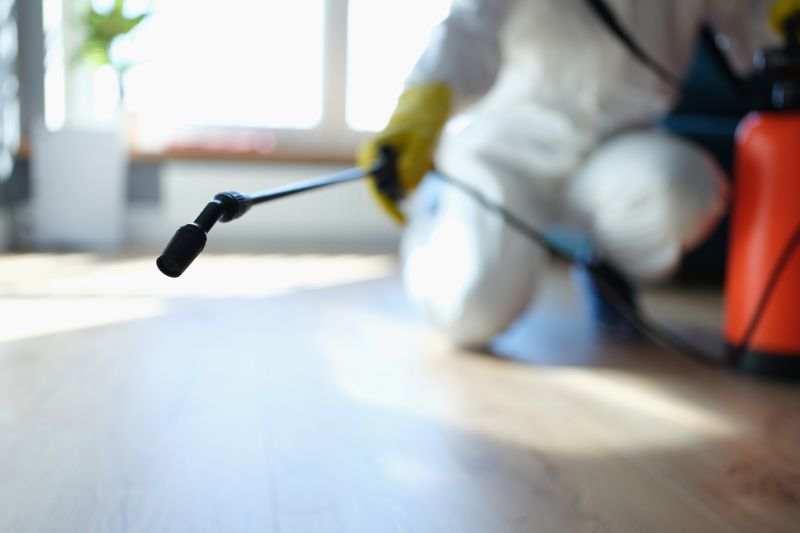
Specialized equipment used for effective flea eradication.
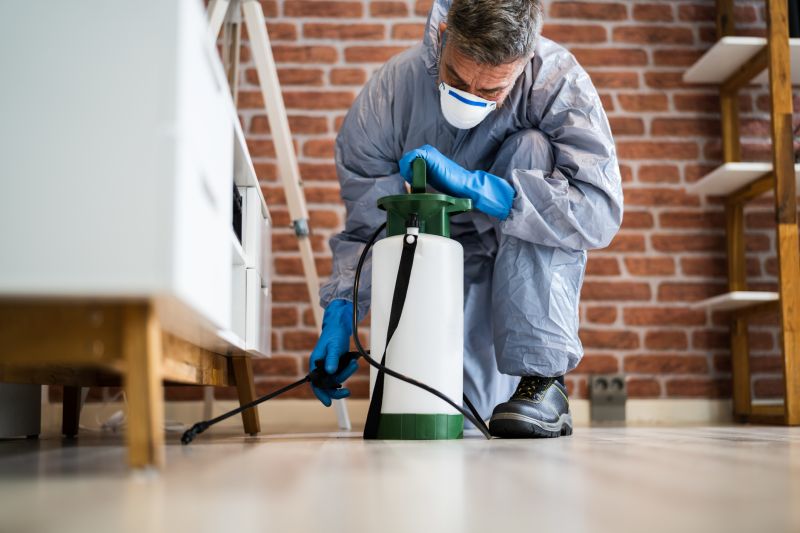
Indicators that suggest it's time for fumigation.

Steps involved in treating indoor environments for fleas.

Ways to make Flea Fumigations work in tight or awkward layouts.
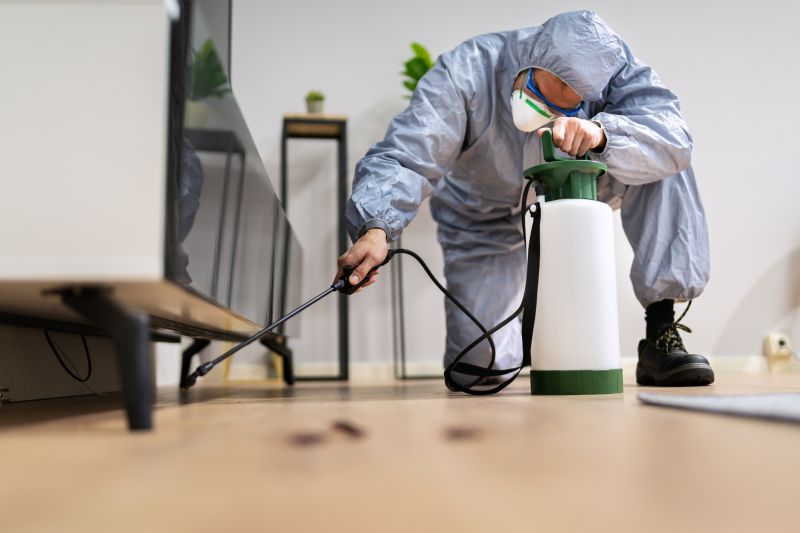
Popular materials for Flea Fumigations and why they hold up over time.
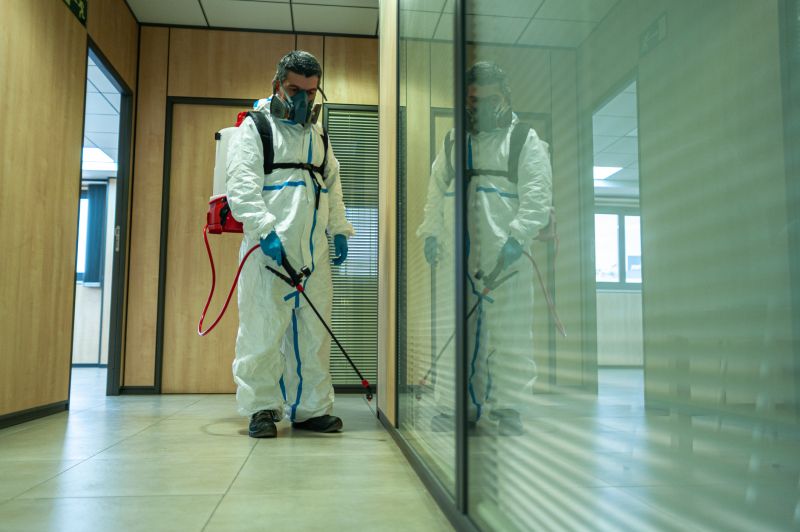
Simple add-ons that improve Flea Fumigations without blowing the budget.
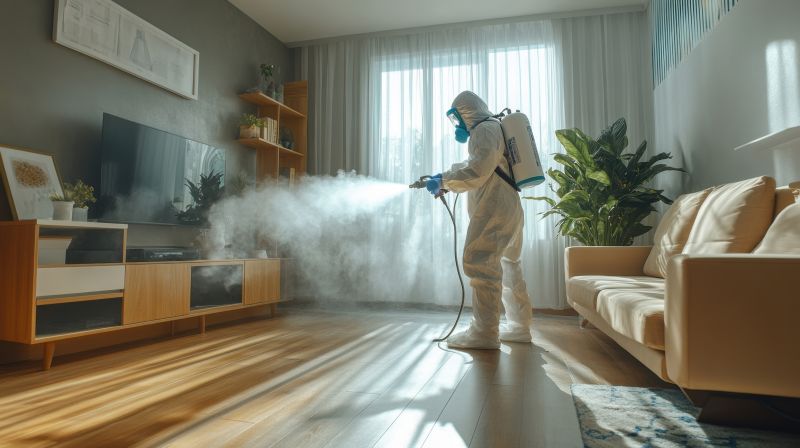
High-end options that actually feel worth it for Flea Fumigations.
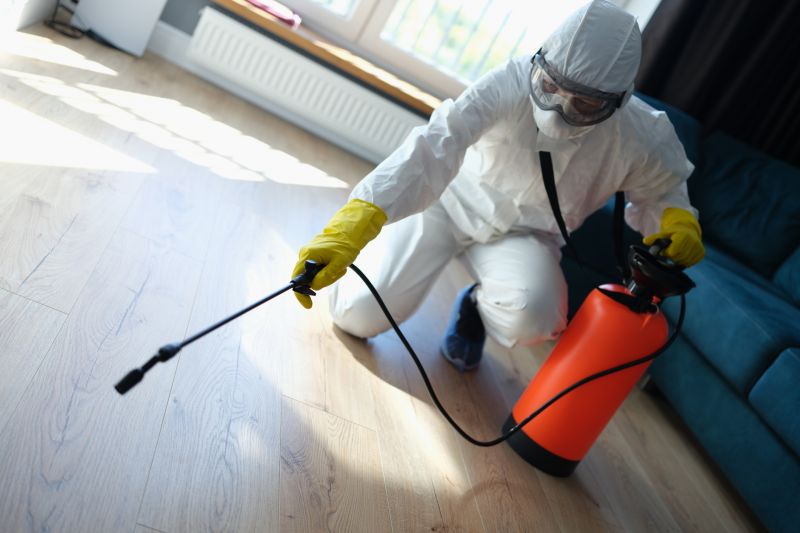
Finishes and colors that play nicely with Flea Fumigations.
| Season | Flea Activity Level |
|---|---|
| Spring | High |
| Summer | Peak |
| Fall | Moderate |
| Winter | Low indoors |
Flea fumigations are a critical component of pest control strategies, especially in environments prone to infestations. Fleas can reproduce rapidly, with a single female laying hundreds of eggs in her lifetime. These eggs hatch into larvae, then pupate into adult fleas, creating a cycle that can be difficult to interrupt without targeted treatment. Statistics indicate that untreated infestations can lead to significant discomfort and health issues, including allergic reactions and the transmission of certain diseases.
Effective flea control involves timing treatments to coincide with periods of high flea activity, primarily during warmer months. Fumigation during these times can significantly reduce the adult flea population and prevent the spread of eggs and larvae. Regular monitoring and timely intervention are essential to maintaining a flea-free environment.
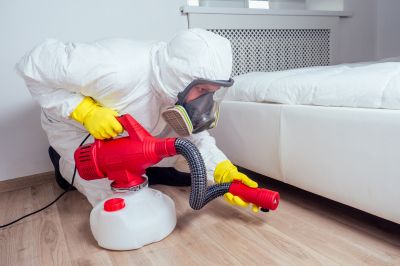
A professional fumigation process targeting indoor flea populations.
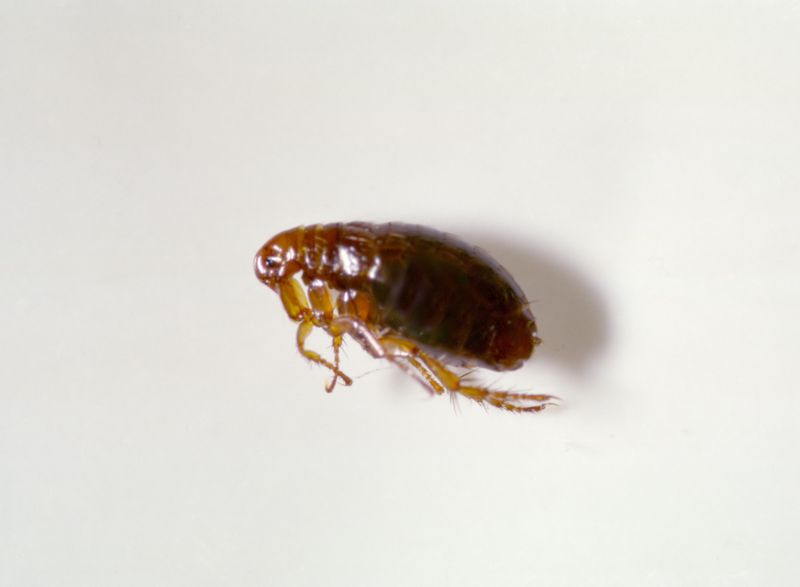
Visual representation of flea development stages.

Measures to prevent flea infestations before they start.

Clean environment after successful flea eradication.
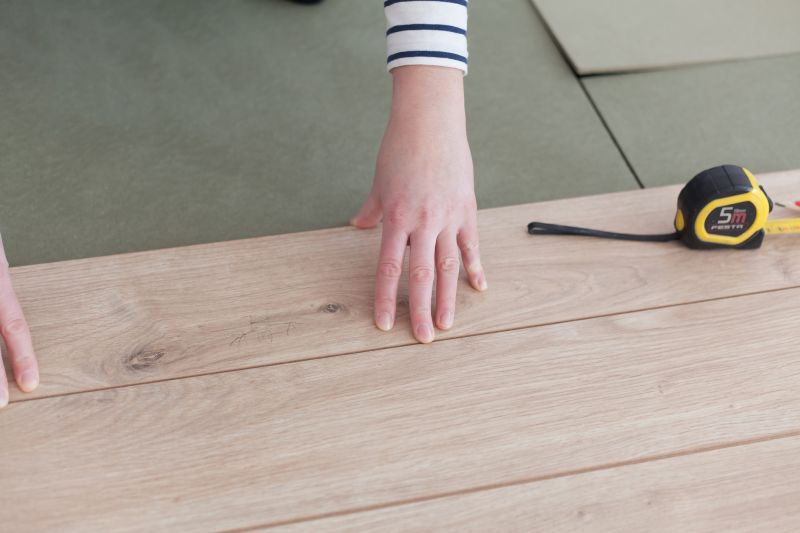
Little measurements that prevent headaches on Flea Fumigations day.

A 60-second routine that keeps Flea Fumigations looking new.

A frequent mistake in Flea Fumigations and how to dodge it.

Small tweaks to make Flea Fumigations safer and easier to use.
Those interested in flea fumigation services are encouraged to contact for more information. Proper timing and treatment methods are essential for effective control, and professional guidance can ensure the best results for maintaining a flea-free environment.



